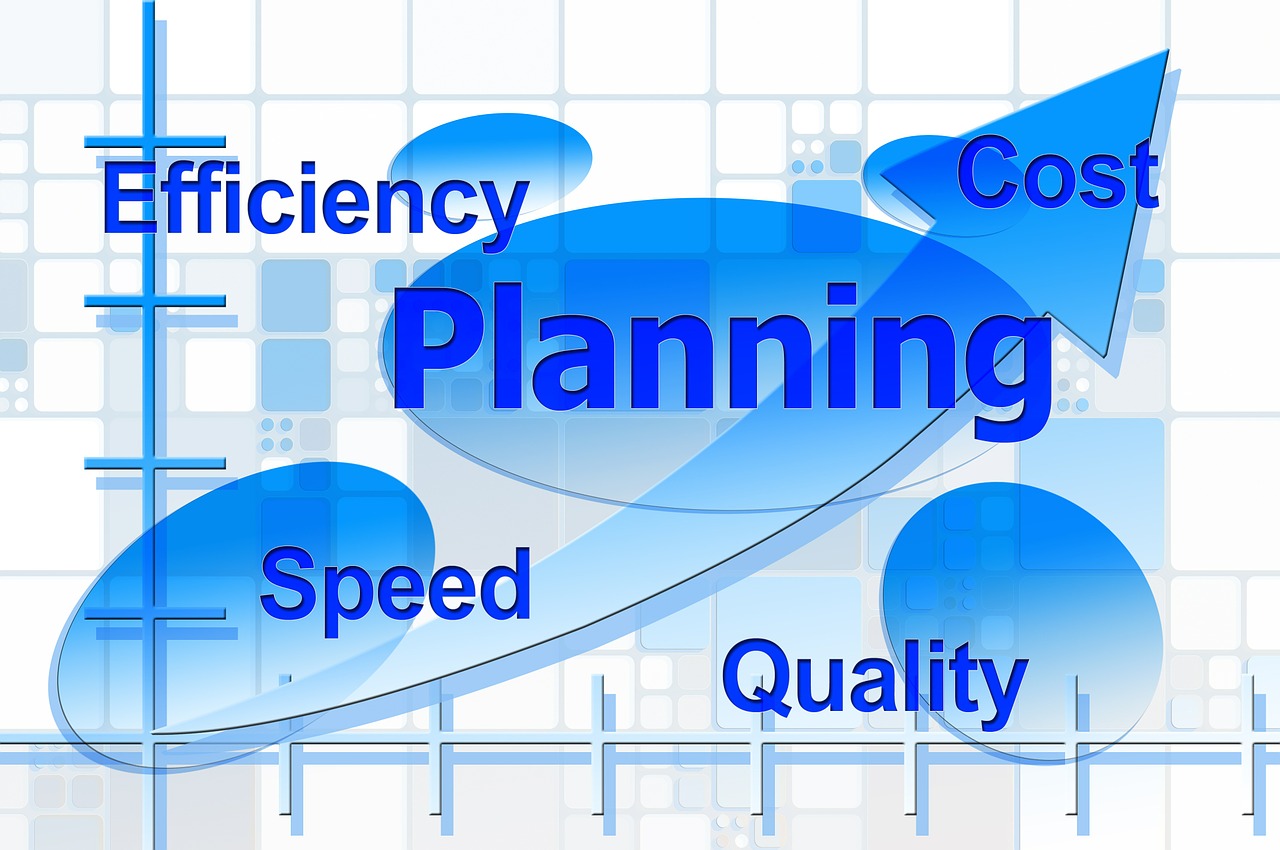
Resource Management Performance Checks
1. Billable Utilization Performance
You simply cannot make money in the services business if you are not doing this well. Even if you are a technology company and use professional services as a tool to drive technology sales (and not expecting PS to turn a profit), poor utilization of resources invariably drives costs outside the ranges necessary to make a profit (or reasonable margins) on the technology. You can use the following benchmarks to determine optimal billable utilization performance:
- Software developers: 80 – 84%; on-shore or off, these are typical
- Testers: 78 – 84%; some non-billable time may be invested in test capability build out from time to time
- Systems integrators: 72 – 80%; the type of products supported drives a wider variability in productive time
- Architects: 68 – 72%; typically would get involved in certain aspects of business capture and new product matters
- Business and technical consultants: 66 – 70%; typically would get involved in certain aspects of business capture – lots of recurrent training
2. Distribution of Utilization
Often what appears to be good utilization on the surface tells a different story when you examine what is happening at the department or individual levels. Almost without exception, when we analyze organizational utilization performance we see department variation or variation of individuals within an enterprise. Typically we find a 20/60/20 rule applies. About 20% of the workforce are working near 100%, while another 20% are significantly underutilized. The ramification of this situation is high attrition of the overworked population due to burnout.
3. Quality
Two quality measurements that we find directly impacted by resource management performance are defect levels and the amount of rework necessary to correct issues. Both are often directly attributed to not having the right person in the right place at the right time. Before investing time in continuous quality related process improvements, evaluate if the personnel assigned to the project are ready, trained, capable, and available when needed.
4. Project Performance
Being on-time and under budget with a project means starting on-time with the right people in the right place. Industry research shows that roughly one third of all projects are delivered late and that a significant contributor to schedule slippage is the failure of organizations to mobilize the right teams in a timely fashion. When the right people are not there to begin delivery on-time, projects begin to fail no matter how good your PM processes are.
5. Attrition
While there are certainly many factors that contribute to high attrition, job satisfaction and overall morale are often at the top of the list for why people leave. Most people want to be a part of a well-run organization where things (that we can plan for) occur in a predictable fashion. Investing in smooth and predictable resource management processes translates into informed teams who know what to expect and are more satisfied in their respective positions.
6. Dependence on the (Private) Project Whiteboard:
If you walk into the office of your delivery executive and see a whiteboard with names of people, names of projects, dates, and long curvy lines with arrows connecting the various pieces you are in trouble. You know the whiteboard I am talking about – it looks like a complex football play your high school coach used to draw. If this sounds like your organization, then you are in serious need of a resource management process and a professional services automation tool. Senior PS executives, like a good coach – should design the system (resource management process). The team should execute the system – and free up executive time for more strategic activities.
Analyzing the indicators listed above will give you a good idea of how well resource management processes are performing for you. Our free whitepaper, “Self-Assessment Guide for Resource Management” offers more detail on how to use key performance indicators as well as resource management performance drivers and a scoring tool to help you determine your level of effectiveness when it comes to your resource management processes.
